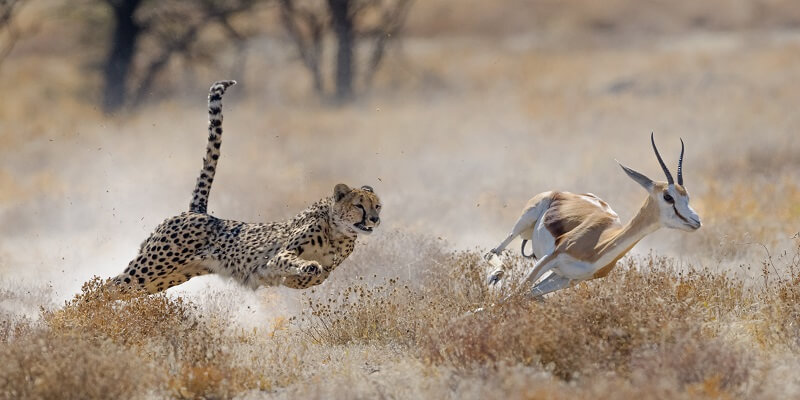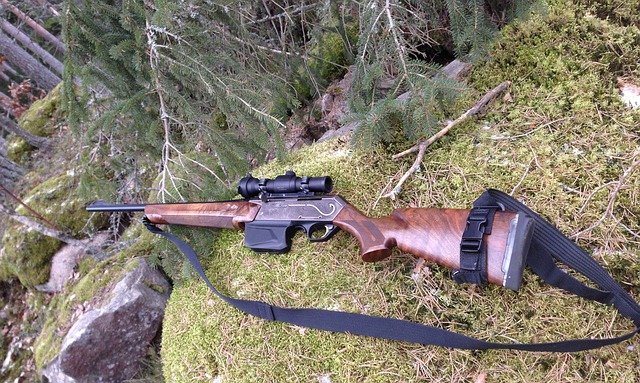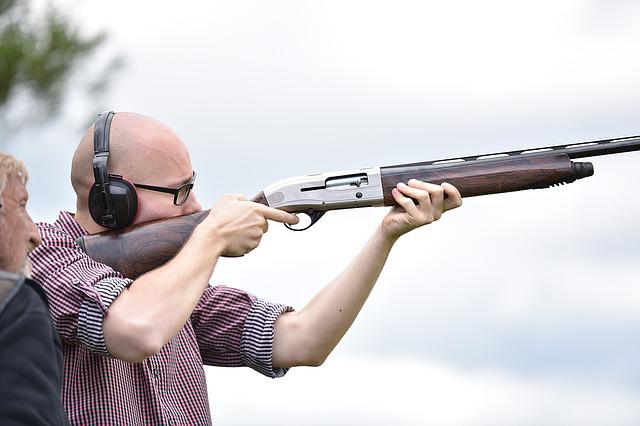
You should read this article if you haven't been on a bear hunt before. You'll learn more about black bears, their feeding habits, how to get a bear tag, and more. This article will help to make your bear hunt enjoyable and profitable. This article will also give you some tips for finding the best bear hunting guide. You will also learn how you can get your bear tag.
Guided bear hunts
American black bears are one of the most beloved sports in North America. They are small, endemic, and the most widespread bear species. They are omnivores but their diets change depending on where they live and the season. Read more about these majestic creatures to learn about their myths and facts. Also, you'll learn about safety and proper gear for your guided bear hunting trip.
Patience and knowledge of the terrain are key ingredients for a successful bear hunt. While it's possible for a bear to be seen at the edges of your vision, it is not easy to find one. You need to know where the bear is. For hunters, a tree stand is an excellent option. However, it's important to wear a safety harness while climbing up trees. You will be able to take advantage of the best hunting spots by having your guide map the area.

Black bears and their feeding habits
Black bears will eat many foods, including berries, acorns, and roots from jack-inthe-pulpit. They also eat young deer. The season affects how bear hunters feed their young deer. In early July, bears emerge from dens, centering their activities near wetlands, beaver dams, and streams and riverbanks. Bears need to wait until early spring to eat again in order for them to regain their nutritional needs. Bears consume a variety berries, roots and grasses throughout this period.
Black bears spend the majority of their day searching for food. They are most active in the cooler hours of the day. They move more during the day, but less than they do at night. Return to the area after dark if you spot fresh food scavenging. You might catch a bear if you're lucky enough to spot it on your hunt trip.
Price of a bear hunt
Bear hunting is expensive but worth it if your willing to sacrifice a bit. The Alaska Peninsula is split by the Bering Sea and the Pacific Ocean, and it's home to brown bears, earthquakes, volcanoes, and some of the worst weather in the world. If you're going to hunt bear, unit 9 of the Alaska Wildlife Management Act offers several opportunities in the state. This unit allows you to hunt brown bears for as little as $22,000 with a quality outfitter. When booking, make sure to book well in advance, as good hunts can fill up quickly.
To reserve your trip, a deposit must be made of one-third the cost of a bear hunting trip. The rest of the balance must be paid within 90 days. While personal checks are acceptable for the initial deposit, cashier's checks are required to make the final payment. For the initial deposit, a personal check is acceptable. The final payment must be made upon arrival at camp. Your deposits are non-refundable. However, the 1/3 additional payment is not transferable.

Getting a bear tag
You can increase your chances to catch a trophy by getting a bear tag. Fill out an application to be eligible for one. Attach your preference or kill tags to the bear once you have it. Continue reading to learn how to obtain a bear tags. The process of getting a bear hunting tag is not as complicated as you might think.
You can purchase unlimited licenses from the DNR office if you intend to hunt bears in no-quota areas. You cannot transfer a no-quota licence to another person. A no-quota permit is only valid for the area. You can transfer your no-quota licence to a disabled person or youth, active service military, Purple Heart recipient, and others. The DNR website provides complete instructions.
FAQ
What is the cost of hunting?
Price of a hunting trip will vary depending on where your are located, the species of wildlife that you wish to capture, and the animal you intend killing.
The average cost of a hunting party for two people is $500 to $1,000 per person. This includes accommodation, food as well as equipment, licenses and gas.
There are some areas that charge more than others. Expect to pay more if hunting during peak seasons like the fall turkey season.
Where is hunting most popular in the US?
Hunting is very popular in the Midwest where people are used relying on the land for their livelihood.
Because so many Northeasters have been brought up on hunting traditions, hunting is also very popular.
Hunting enthusiasts from all across the country travel to these states in search of big game animals.
Hunting is less prevalent in some areas of the country. This makes it less likely to support hunters.
What types are allowed to be used in firearms?
You have many options when hunting.
Hunters usually use rifles or shotguns or handguns as well muzzle-loading firearms.
Rifles are made to fire bullets over long distances. Most shotguns come with pellets. Handguns have the ability to fire bullets from the hand. Modern-day pistols have muzzle-loading guns.
Crossbows are used for shooting arrows. Archery weapons are also known as bowhunters.
Special training is required to hunt with a crossbow. You must first learn how to properly aim and shoot the weapon.
What is the most crucial part of hunting animals?
How can we achieve this? First, we need to know how to shoot accurately. Then we must learn to hit our target. We must also learn to adjust when we miss our target.
Knowing what you are doing is the most important aspect of hunting. You won't improve if you don't understand what you are doing. Although you might believe you have improved your shots because you are better, if you don't know how to do it before, these shots won't matter. This is also true for hitting targets. You won't improve if you don't know why you are missing. This means that it is essential to understand what your goal is.
This is where knowledge plays a major role. Understanding the animal you are hunting will determine your ability to hunt it. When you're out in nature, you want to know everything you can about the animals you see. You should be familiar with their behavior, habits, and personalities. So you can plan your hunts smoothly and efficiently.
You should always try to learn from others who have been successful in the past. There are many books out there on the subject. In addition, there are websites like www.thehuntingzone.com that offer great tips and advice. There are also people with years of experience. They can help identify the best and worst practices.
It's time for you to practice once you've learned all that you can. Practice makes perfect. But you should not practice until you feel great. Instead, you should practice until your confidence grows. Confidence helps you relax and enjoy the process. Relaxation can help you focus on the task in hand. Concentration will allow you to seize every opportunity. Opportunities will only appear if you are calm and focused.
Once you are ready to put your new skills into practice, it is time to test them. Don't fret if you fail. Don't worry if you fail. Just keep practicing. You'll eventually succeed.
Statistics
- Indiana, for example, saw a 28% jump in turkey license sales during the first week of the season. (stacker.com)
- Less than 1% of Hawaii's population has a hunting license. (stacker.com)
- Licenses dropped from a peak of roughly 17 million in the 1980s to 15 million in 2019, according to The Seattle Times. (stacker.com)
- Thanks to the 1937 Pittman-Robertson Act, an 11% excise tax was placed on the sale of firearms, which were then used for conservation. (stacker.com)
External Links
How To
How to hunt wild hogs
Large animals, wild hogs can be found across North America, Africa and Asia. Wild hogs can eat small animals and plants, including birds, insects and rabbits. They usually eat at nights. After six months of gestation, one piglet is born. Every two years, a sow gives birth. Wild hogs can be solitary, but they may live in herds.
Wild boars average a weight of 200 pounds (90kg). Their head length ranges between 10-12 inches (20-25 cm) and 20-30 inches (30-50 cm) respectively. Wild pigs have long legs, broad shoulders, and short tails. Their skin is covered with a thick layer fat.
They are very sensitive to smell, hearing, sight, and touch. These senses allow them to spot danger and locate food. They can run upto 35 miles an hour (56 km/h), and can jump up to 15 feet (4m) in a single bound. They are sharp-toothed and have sharp claws. They are aggressive when protecting themselves against predators.
Hunting wild Hogs can be difficult as they are agile, intelligent, and elusive. Hunting wild animals requires precision and careful stalking. Hunters should not shoot too quickly. The animal might escape. If hunters shoot too late, the animal may die before it reaches cover.
There are many different hunting methods that can be used to kill wild boars. The most common method is shooting. This requires hunters to locate the animal and wait for it to arrive in range. Trapping is another option. Trapping is the practice of placing traps in areas where the hogs are likely to drink. Some traps contain a smell lure, such a corn meal with peanut butter. After the trap is set, the hunter kills the trapped porc.
Another option is snaring. Snaring is a method that uses a noose of rope to catch the pork. It works best if the pig is caught during its mating season.
Other methods include poisoning, spearing and netting. Netting and spearing involve placing a net or spear through the pig's neck to stop its breathing. Poisoning refers to injecting poison in the pig's neck.
Hunters who wish to hunt wild hogs need to be prepared for the cold weather. Hunting in colder areas may require the use of snowshoes. Hunting dogs may be used to track animals.